Arnold, Michael L. 2008. Reticulate Evolution and Humans: Origins and Ecology. Oxford University Press.
Bell, D.; Roberton, S.; and Hunter, P. R. 2004. "Animal Origins of SARS Coronavirus: Possible Links with the International Trade in Small Carnivores." Philosophical Transactions of the Royal Society of London, Series B, Biological Sciences 359:1107-1114.
Bisby, F.A.; Roskov, Y.R.; Orrell, T.M.; Nicolson, D.; Paglinawan, L.E.; Bailly, N.; Kirk, P.M.; Bourgoin, T.; Baillargeon, G.; and Ouvrard, D. (red.). 2011. "Cynogale bennettii Gray, 1837."Species 2000 & ITIS Catalogue of Life: 2011 Annual Checklist. Reading, UK. Retrieved July 39, 2014.
- Available at: http://www.itis.gov/servlet/SingleRpt/SingleRpt?search_topic=TSN&search_value=621977
- Available at: http://www.catalogueoflife.org/col/details/species/id/6902609
- Available at: http://www.catalogueoflife.org/col/details/species/id/7005165
- Available at: http://www.catalogueoflife.org/col/details/species/id/7005166
Boelens, Bo; Watkins, Michael; and Grayson, Michael. 2009. The Eponym Dictionary of Mammals. Johns Hopkins University.
Boudet, Ch. 10 January 2009. "Species Sheet: Otter Civet, Mampalon." Mammals' Planet: Vs n°4, 04/2010. Retrieved July 30, 2014.
- Available at: http://www.planet-mammiferes.org/drupal/en/node/38?indice=Cynogale+bennettii
Boudet, Ch. 10 January 2009. "Subspecies Sheet [Cynogale bennettii barbatus]." Mammals' Planet: Vs n°4, 04/2010. Retrieved July 30, 2014.
- Available at: http://www.planet-mammiferes.org/drupal/en/node/39?indice=Cynogale+bennettii+barbatus
Boudet, Ch. 10 January 2009. "Subspecies Sheet [Cynogale bennettii bennettii]." Mammals' Planet: Vs n°4, 04/2010. Retrieved July 30, 2014.
- Available at: http://www.planet-mammiferes.org/drupal/en/node/39?indice=Cynogale+bennettii+bennettii
Boudet, Ch. 10 January 2009. "Subspecies Sheet [Cynogale bennettii carcharias]." Mammals' Planet: Vs n°4, 04/2010. Retrieved July 30, 2014.
- Available at: http://www.planet-mammiferes.org/drupal/en/node/39?indice=Cynogale+bennettii+carcharias
Boudet, Ch. 10 January 2009. "Subspecies Sheet: Lowe's Otter Civet." Mammals' Planet: Vs n°4, 04/2010. Retrieved July 30, 2014.
- Available at: http://www.planet-mammiferes.org/drupal/en/node/39?indice=Cynogale+bennettii+lowei
Cassell's Universal Portrait Gallery: A Collection of Portraits of Celebrities, English and Foreign. With Facsimile Autographs. 1895. London, Paris & Melbourne: Cassell and Company, Limited.
- Available via Internet Archive at: https://archive.org/details/cassellsuniversa00londiala
Cheyne, S. M.; Husson, S. J.; Macdonald, D. W. 2010. "First Otter Civet Cynogale bennettii Photographed in Sabangau Peat-swamp Forest, Indonesian Borneo." Small Carnivore Conservation 42:25–26.
Corbet, G.B.; and Hill, J.E. 1992. Mammals of the Indo-Malayan Region: A Systematic Review. Oxford, U.K.: Oxford University Press.
"Cynogale bennettii." National Center for Biotechnology Information: NCBI Taxonomy GBIF ID
106212085. Copenhagen, Denmark: GBIF. Retrieved July 30, 2014.
- Available at: http://www.gbif.org/species/106212085
"Cynogale bennettii." Mongabay. Retrieved July 30, 2014.
- Available at: http://biodiversity.mongabay.com/animals/c/Cynogale_bennettii.html
“Cynogale bennettii Gray, 1837.” The Marine Biological Universal Biological Indexer and Organizer. Retrieved July 30, 2014.
- Available at: http://www.ubio.org/browser/details.php?namebankID=105774
"Cynogale bennettii bennettii Gray, 1837." The Marine Biological Universal Biological Indexer and Organizer. Retrieved July 30, 2014.
- Available at: http://www.ubio.org/browser/details.php?namebankID=11271823
"Cynogale bennettii lowei Pocock, 1933." The Marine Biological Universal Biological Indexer and Organizer. Retrieved July 30, 2014.
- Available at: http://www.ubio.org/browser/details.php?namebankID=11271821
"Cynogale bennettii: Otter Civet." Encyclopedia of Life. Retrieved July 30, 2014.
- Available at: http://eol.org/pages/328078/details
"Cynogale bennettii (Sunda Otter Civet)." ZipcodeZoo: Species Identifier 4167. Retrieved July 30, 2014.
- Available at: http://zipcodezoo.com/animals/c/cynogale_bennettii/
Driver, Stephanie (ed.). 2008. Exploring Mammals, Volume 3. Tarrytown, NY: Marshall Cavendish Corporation.
Duckworth, J.W.; Sebastian, T.; Jennings, A.; and Veron, G. 2008. "Cynogale bennettii." In: IUCN 2014. International Union for Conservation of Nature and Natural Resources Red List of Threatened Species. Version 2014.1. Retrieved July 30, 2014.
- Available at: http://www.iucnredlist.org/details/full/6082/0
Duff, Andrew; and Lawson, Ann. 2004. Mammals of the World: A Checklist. Yale University Press.
Ewer, R.F. 1998. The Carnivores. Cornell University Press: Cornell Paperbacks.
Francis, Charles M. 1 January 2008. A Field Guide to the Mammals of South-East Asia. New Holland Publishers.
Gaubert, P.; and Cordeiro-Estrela, P. 2006. “Phylogenetic Systematics and Tempo of Evolution of the Viverrinae (Mammalia, Carnivora, viverridae) within Feliformians: Implications for Faunal Exchanges between Asia and Africa.” Molecular Phylogenetics and Evolution 41:266-278.
Gervais, Paul. 1855. Histoire naturelle des Mammifères: Carnivores, Proboscidiens, Jumentés, Bisulques, Édentés, Marsupiaux, Monotrèmes, Phoques, Sirénides et Cétacés. Paris: L. Curmer.
- Available via Biodiversity Heritage Library at: http://biodiversitylibrary.org/page/38879170
- Available via Internet Archive at: https://archive.org/details/histoirenaturel00gervgoog
Gittleman, John L.; Funk, Stephan M.; Macdonald, David; and Wayne, Robert K. (eds.). 2001. Carnivore Conservation. Cambridge University Press: Conservation Biology 5.
Gray, J.E. 1836 [1837]. Proceedings of the Zoological Society of London 1836:88.
Hayssen, Virginia; Van Tienhoven, Ari; and Van Tienoven, Ans. Asdell’s Patterns of Mammalian Reproduction: A Compendium of Species-Specific Data. Cornell University, 1993.
Hunter, Luke; and Barrett, Priscilla. 2011. A Field Guide to the Carnivores of the World. London, Cape Town, Sydney, Auckland: New Holland Publishers (UK) Ltd.
Jennings, A. P.; and Veron, J. 2009. "Family Viverridae (Civets, Genets, and Oyans)." In: Don E. Wilson and Russel Mittermeier (Hrsg.) Handbook of the Mammals of the World Volume 1: Carnivores. Lynx Edicions.
Kondo, H.; Tesar, J.; Cloud, D.; Kagan, L. (eds.). 1972. Civets, Genets, and Linsangs, Volume 2, 3rd Edition. Milan: Fratelli Fabbri Editori.
Larivière, Serge. 2004. "Otter Civet Cynogale bennettii." P. 343 in Grzimek's Animal Life Encyclopedia, Second Edition. Volume 14: Mammals III, edited by Michael Hutchins, Devra G. Kleiman, Valerius Geist, and Melissa C. McDade. Farmington Hills, MI: Gale Group, Inc., division of Thomson Learning Inc.
Myers, P.; Espinosa, R.; Parr, C.S.; Jones, T.; Hammond, G.S; and Dewey, T.A.. 2014. "Cynogale bennettii: Otter Civet (On-line)." The Animal Diversity Web. University of Michigan Museum of Zoology. Retrieved July 30, 2014.
- Available at: http://animaldiversity.ummz.umich.edu/accounts/Cynogale_bennettii/pictures/
Nowak, Ronald M. 1999. Walker's Mammals of the World, Sixth Edition. Volume I. Baltimore: Johns Hopkins University Press.
“Otter Civet.” The Animal Files: Mammals > Carnivores. Retrieved July 30, 2014.
- Available at: http://www.theanimalfiles.com/mammals/carnivores/civet_otter.html
"Otter Civet." Earth's Endangered Creatures: Endangered Species List > Worldwide Endangered Animal List. Retrieved July 30, 2014.
- Available at: http://www.earthsendangered.com/profile.asp?ID=3&sp=2122
"Otter Civet." redOrbit: Reference Library > Mammals. Retrieved July 30, 2014.
- Available at: http://www.redorbit.com/education/reference_library/animal_kingdom/mammalia/2578182/otter_civet/
"Otter Civet (Cynogale bennettii)." Animal Info: Endangered Animals of the World. Retrieved July 30, 2014.
- Available at: http://www.animalinfo.org/species/carnivor/cynobenn.htm
“Otter Civet Pictures and Facts.” The Website of Everything: Animals > Mammals > Carnivora > Viverridae > Hemigalinae > Chrotogale. Retrieved July 30, 2014.
- Available at: http://thewebsiteofeverything.com/animals/mammals/Carnivora/Viverridae/Cynogale/Cynogale-bennettii.html
Pocock, R.I. 1912. "XXXI. On some of the External Characters of Cynogale bennettii, Gray. (Plate XIV)." The Annals of the Magazine of Natural History; Including Zoology, Botany, and Geology, vol. XV Eighth Series, no. 88: 351-360. London: Taylor & Francis.
- Available via Biodiversity Heritage Library at: https://www.biodiversitylibrary.org/page/15613077
Pocock, R.I. 1933. "The Rarer Genera of Oriental Viverridae." Proceedings of the Zoological Society of London 103(4):969-1035.
Raffo, Erica. 2000. "Cynogale bennettii: Otter Civet (On-line)." Animal Diversity Web. University of Michigan Museum of Zoology. Retrieved July 30, 2014.
- Available at: http://animaldiversity.ummz.umich.edu/accounts/Cynogale_bennettii/
Schreiber, A.; Wirth, R.; Riffel, M.; and Van Rompaey, H. 1989. Weasels, Civets, Mongooses, and Their Relatives. An Action Plan for the Conservation of Mustelids and Viverrids. Gland, Switzerland: IUCN.
Sebastian, A. C. 2005. "Sighting of a Sunda Otter Civet Cynogale bennettii in Sarawak." Small Carnivore Conservation 33:24-25.
Veron, Geraldine. 2010. “Phylogeny of the Viverridae and ‘Viverrid-like’ Feliforms.” Pp. 64-90 in Carnivoran Evolution: New Views on Phylogeny, Form and Function edited by Anjali Goswami and Anthony Friscia. Cambridge University Press: Cambridge Studies in Morphology and Molecules.
Veron, G.; Gaubert, P.; Franklin, N.; Jennings, A. P.; and Grassman Jr., L. I. 2006. "A Reassessment of the Distribution and Taxonomy of the Endangered Otter Civet Cynogale bennettii (Carnivora: Viverridae) of South-east Asia." Oryx 40:42-49.
Wilson, Don E.; and Cole, F. Russell. 2000. Common Names of Mammals of the World. Washington, D.C.: Smithsonian Institution Press.
Wilson, Don E.; and Reeder, DeeAnn M. (editors). 2005. Mammal Species of the World: A Taxonomic and Geographic Reference (3rd ed), Johns Hopkins University Press.
Wrobel, Murray (Editor). 2007. Elsevier's Dictionary of Mammals: Latin English German French Italian. Oxford, U.K.: Elsevier B.V.


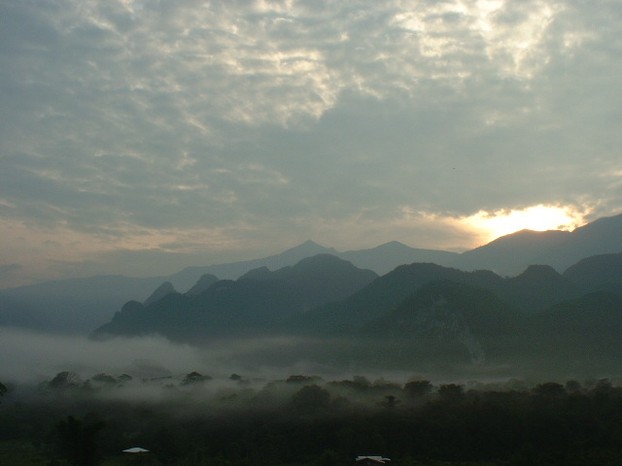
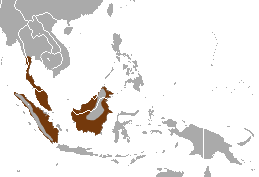
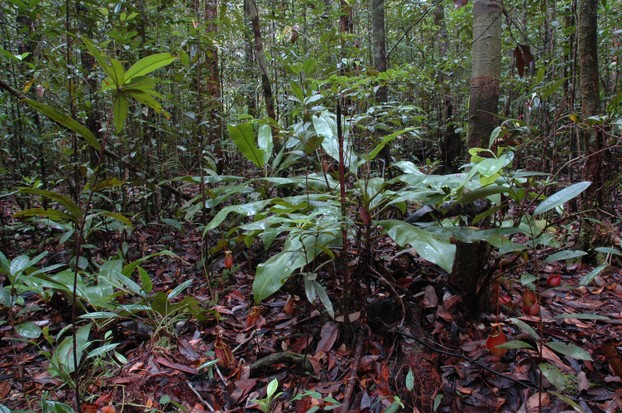
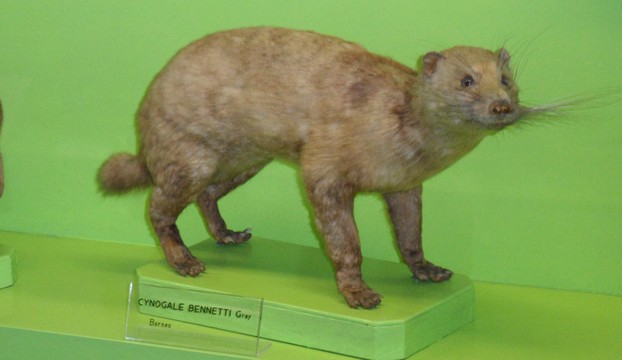
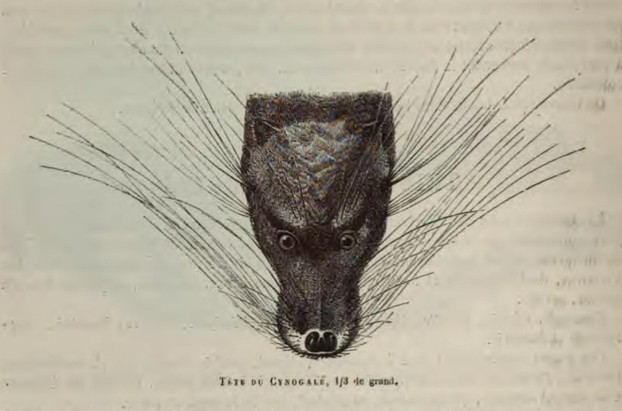
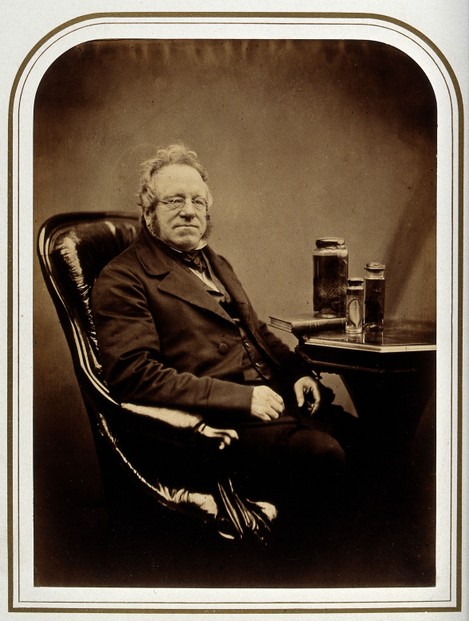
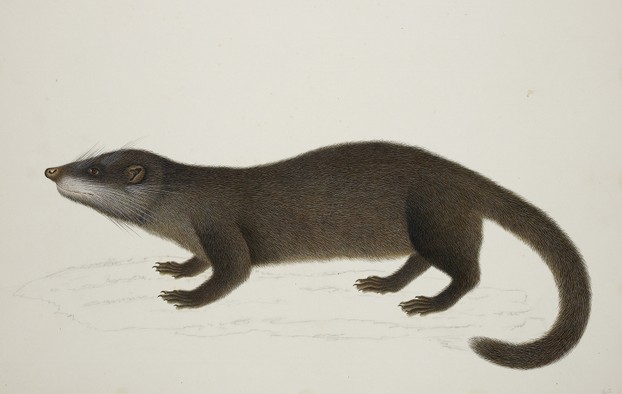
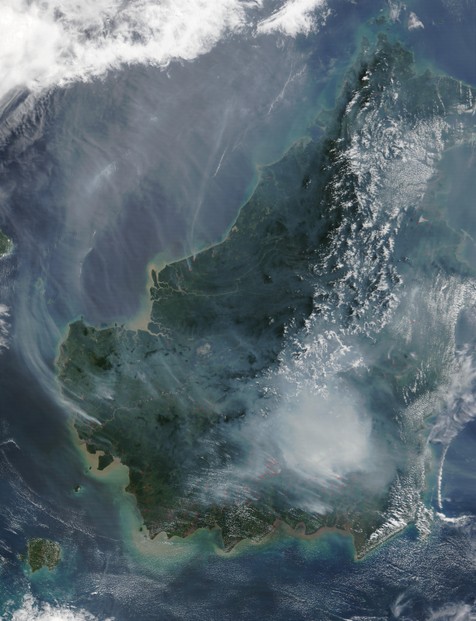
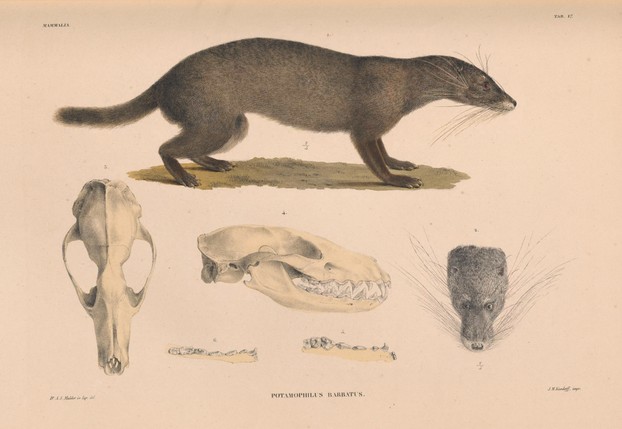
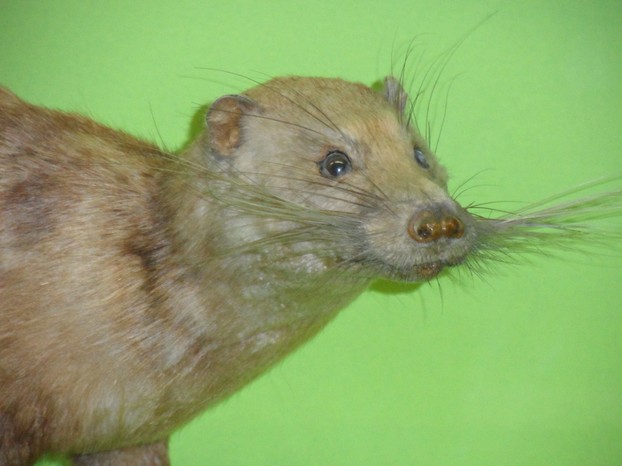





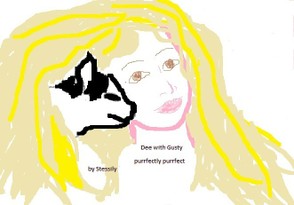
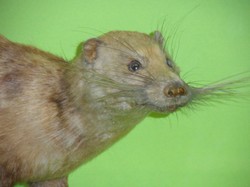

 Are Hawaiian Huakai Po Nightmarchers Avenging Halloween Thursday?on 10/02/2024
Are Hawaiian Huakai Po Nightmarchers Avenging Halloween Thursday?on 10/02/2024
 Mailing Addresses for 2023 Form 4868 Extending 1040 and 1040SR April 15, 2024, Due Dateon 04/15/2024
Mailing Addresses for 2023 Form 4868 Extending 1040 and 1040SR April 15, 2024, Due Dateon 04/15/2024
 Mailing Addresses for 2023 Forms 1040 and 1040SR Filed in 2024on 04/15/2024
Mailing Addresses for 2023 Forms 1040 and 1040SR Filed in 2024on 04/15/2024
 Mailing Addresses for 2022 Form 4868 Extending 1040 and 1040SR April 18, 2023, Due Dateon 04/13/2023
Mailing Addresses for 2022 Form 4868 Extending 1040 and 1040SR April 18, 2023, Due Dateon 04/13/2023

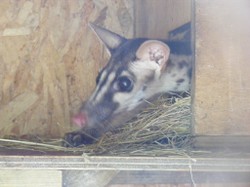
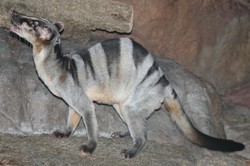
Comments